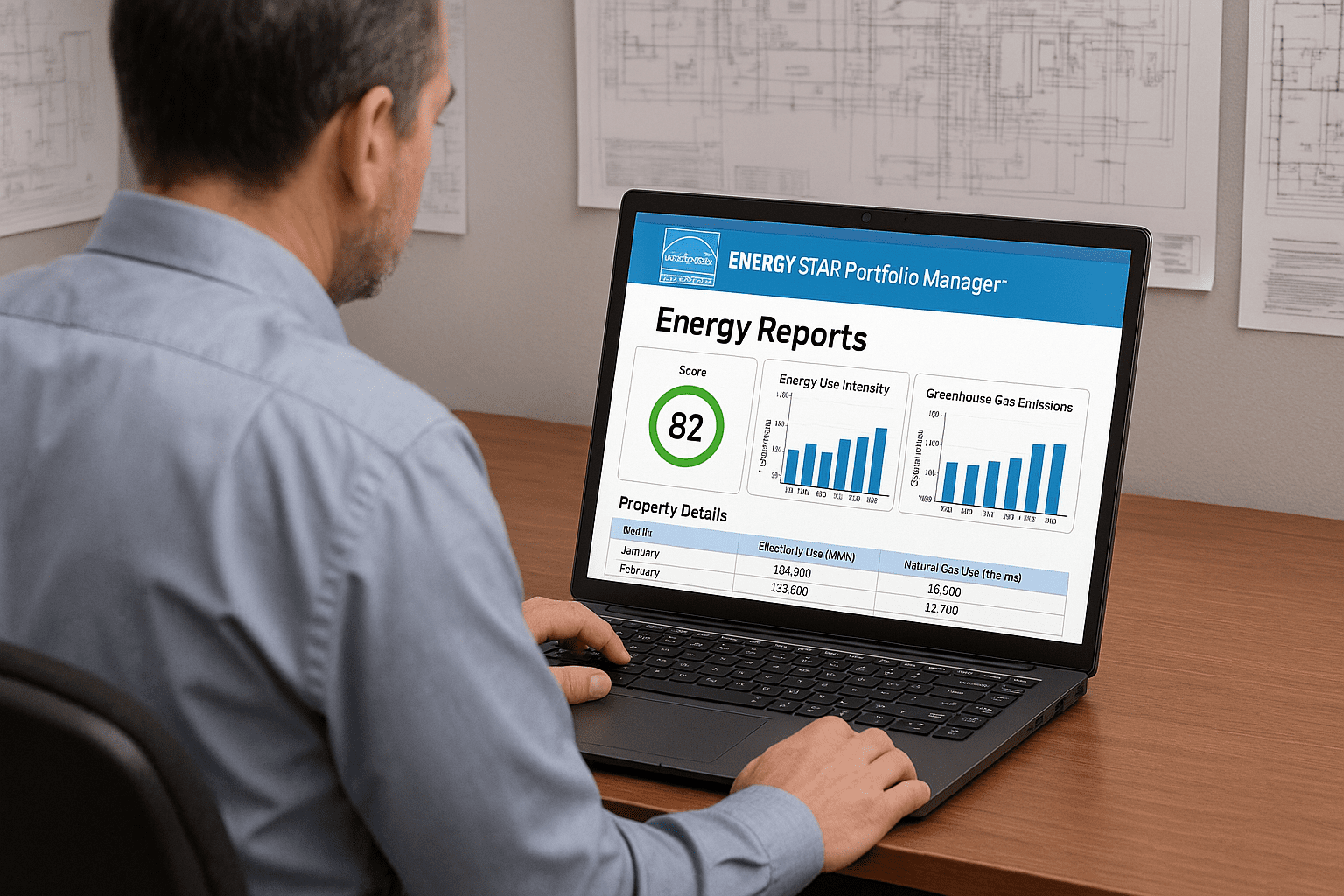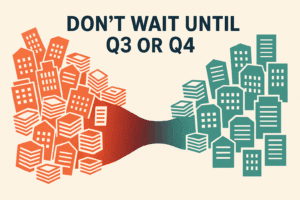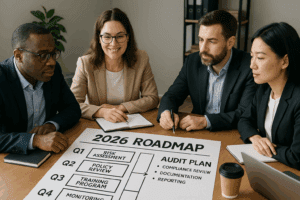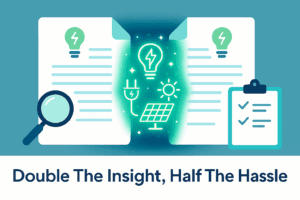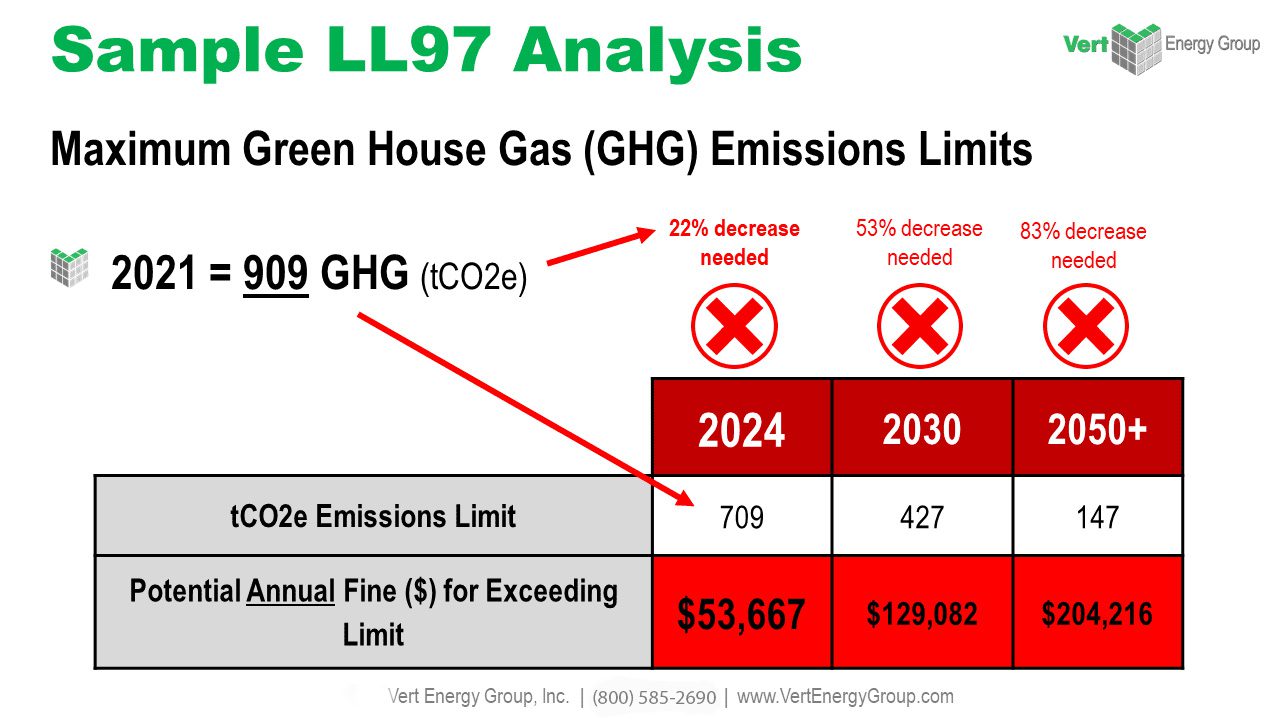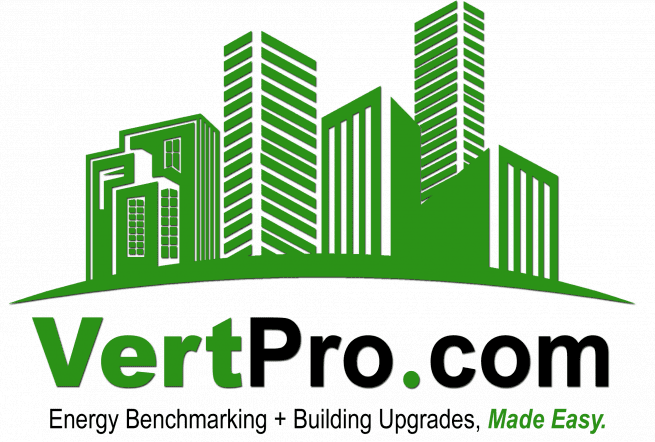Washington State Clean Buildings Performance Standard (CBPS) 2025: Final Steps For A Successful Q2 Audit
As Q2 2025 approaches, Washington State building owners face one of the toughest compliance challenges of the year—the Clean Buildings Performance Standard (CBPS). Many believe they’re ready, but Q2 audits often reveal hidden issues. With only weeks left before the submission deadline, commercial and multifamily property owners must confirm they’ve met all CBPS reporting and performance requirements. Missing the mark could mean fines of up to $5,000 per day per building. Even small data gaps or incomplete records can lead to audit failures and costly penalties.
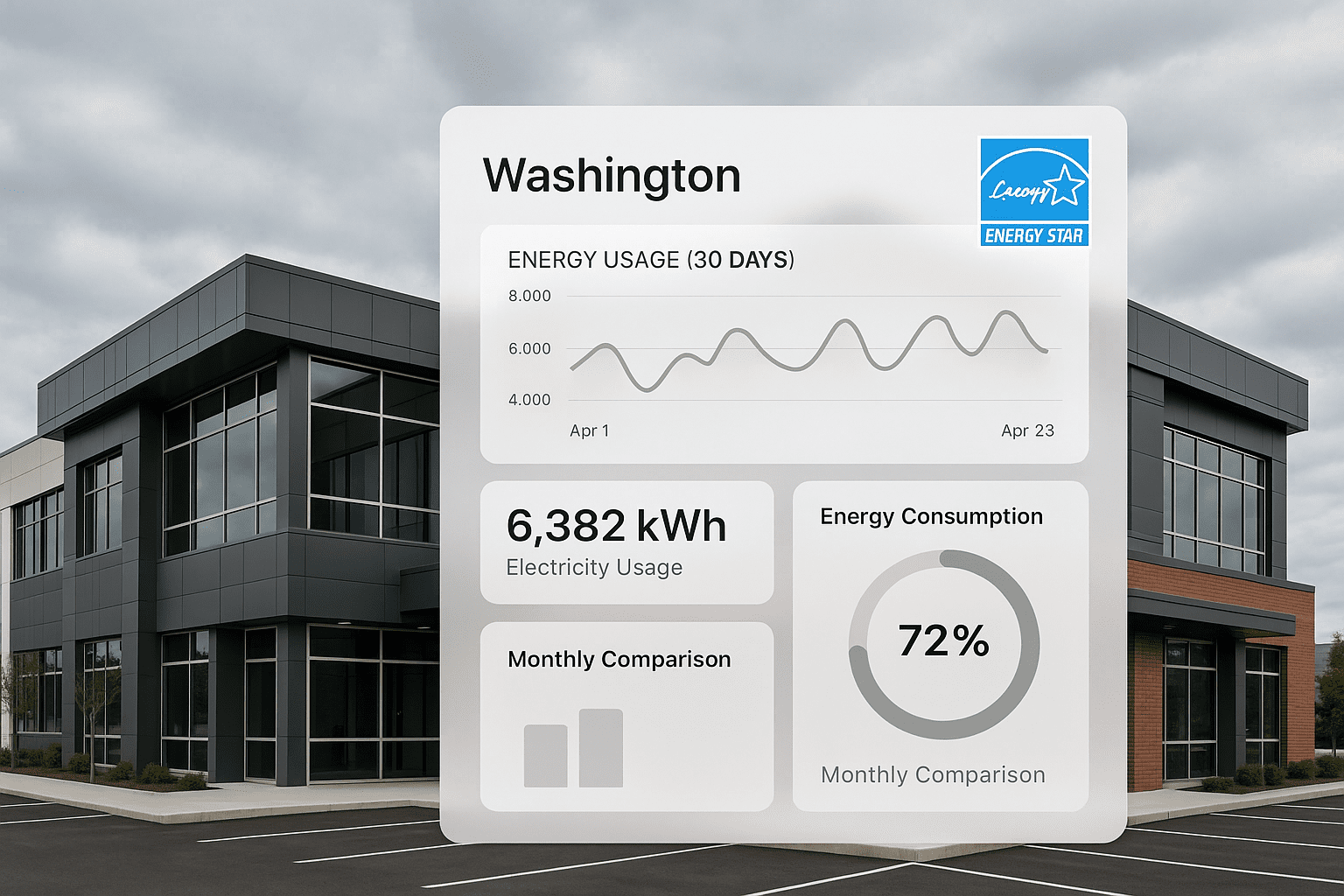
This guide explains the final steps for a successful Q2 audit under Washington’s Clean Buildings Law. Whether you’re a property manager, sustainability lead, or facilities director, you’ll learn how to verify compliance, strengthen documentation, and prepare for the state’s most rigorous audit season yet.
Understanding CBPS Compliance In 2025
The Clean Buildings Law is designed to reduce greenhouse gas emissions from Washington’s largest energy users—commercial and multifamily buildings. Its enforcement mechanism, the Clean Buildings Performance Standard (CBPS), requires property owners to meet specific energy performance thresholds verified through the ENERGY STAR Portfolio Manager system.
Compliance is based on Energy Use Intensity (EUI), a metric showing energy consumption per square foot. Each building type has its own EUI target based on size, location, and use. Meeting the target requires accurate benchmarking, ongoing maintenance, and detailed reporting.
For Tier 1 buildings (50,000 sq. ft. and larger): owners must submit up-to-date ENERGY STAR data, maintain an Operations & Maintenance (O&M) Program, complete an Energy Management Plan (EMP), record staff training, and upload all documents through the Clean Buildings Portal by the Q2 2025 deadline. Tier 2 buildings (20,000–49,999 sq. ft.) follow similar requirements, though their deadlines extend beyond 2025. Starting early ensures smoother compliance in future cycles.
Why “Compliant” Buildings Often Fail Audits

Many property owners assume energy-efficient upgrades automatically guarantee compliance. Unfortunately, that’s not the case. The CBPS audit process focuses on documentation accuracy and adherence to state-specific standards. Even efficient buildings can fail audits for administrative oversights or missing data.
The most common reasons for audit failure include inaccurate benchmarking data, incomplete documentation, and weak Energy Management Plans. Benchmarking data must reflect the most recent 12 consecutive months, including every energy source—electricity, natural gas, steam, and more. Missing meters or outdated floor area information can invalidate results. Likewise, CBPS documentation must follow a standardized format; informal records or incomplete notes don’t count. Finally, an Energy Management Plan without defined goals, timelines, and responsibilities may be rejected outright.
Performance thresholds are another challenge. Even small increases in occupancy or equipment usage can push EUI above state targets. Without proactive monitoring, many properties fail by just a few percentage points. These issues emphasize why preparation, not assumption, drives compliance success.
The 3-Step Plan For A Successful Q2 2025 Audit
1. Verify Benchmarking Data
Accurate data is the foundation of compliance. Review your ENERGY STAR Portfolio Manager entries to confirm all energy meters, square footage, and occupancy data are up to date. Cross-check every figure against utility bills and ensure there are no missing months of usage. If any errors are found, correct them immediately and re-upload data before submission.
2. Strengthen Your Energy Management and O&M Programs
Your Energy Management Plan (EMP) and Operations & Maintenance (O&M) Program must demonstrate a clear path to energy efficiency. Start by identifying your building’s current EUI and the reduction strategies needed to reach your target. Document specific actions, such as HVAC tune-ups, lighting retrofits, or scheduling adjustments. Assign responsibilities to facility staff and establish review checkpoints throughout the year. For the O&M Program, maintain a detailed log of maintenance activities, vendor services, inspections, and filter changes. The more comprehensive your documentation, the smoother your audit will go.
3. Organize and Review All Required Documentation
Before submitting, gather every piece of supporting documentation into a single digital archive. This includes benchmarking reports, O&M logs, training records, and energy upgrade invoices. Review all materials for accuracy, consistent formatting, and proper labeling. Once compiled, perform a mock audit—either internally or with a CBPS consultant—to identify any remaining gaps. This proactive review can prevent costly enforcement actions.
Avoiding Penalties: Conducting A Final Quality Check
The financial stakes for non-compliance are steep. Even minor clerical mistakes, such as submitting an outdated report or omitting a required document, can trigger automatic daily penalties. Before you finalize your submission, conduct a final quality control process. Have a qualified team member perform a dry run of the audit, double-check EUI results, confirm all file names match the required format, and ensure all data aligns with utility records. If possible, schedule a pre-review with an energy compliance expert. A one-hour consultation can save thousands in potential fines.
Leveraging Expert Support For CBPS Success

Preparing for CBPS compliance can feel overwhelming, especially for owners with multiple buildings. Partnering with an experienced energy consultant or Benchmarking service can simplify the process and improve your results. Experts can perform portfolio-wide risk assessments, recommend EUI reduction strategies, prepare standardized documentation, and train facility staff on compliance best practices. Their guidance ensures your data is clean, your systems are ready, and your reports pass the state’s strict review.
While there’s a cost for professional help, it’s often far less than the price of penalties or rework. Many consultants also help identify energy rebates and incentives that offset upgrade costs, further improving your return on investment.
Take Action Before The Q2 Deadline
The Q2 2025 compliance deadline is fast approaching, but there’s still time to act. Even if your building appears efficient, audit results depend on accuracy and documentation—not just performance. Don’t wait until the last minute to correct issues or upload data. Review, verify, and finalize everything now to avoid stress and penalties later.
VertPro.com provides easy-to-use tools and professional services to help property owners and managers meet Washington State’s Clean Buildings Performance Standard. From energy audits and benchmarking to documentation and reporting, VertPro® simplifies compliance and helps you stay ahead of state regulations.

